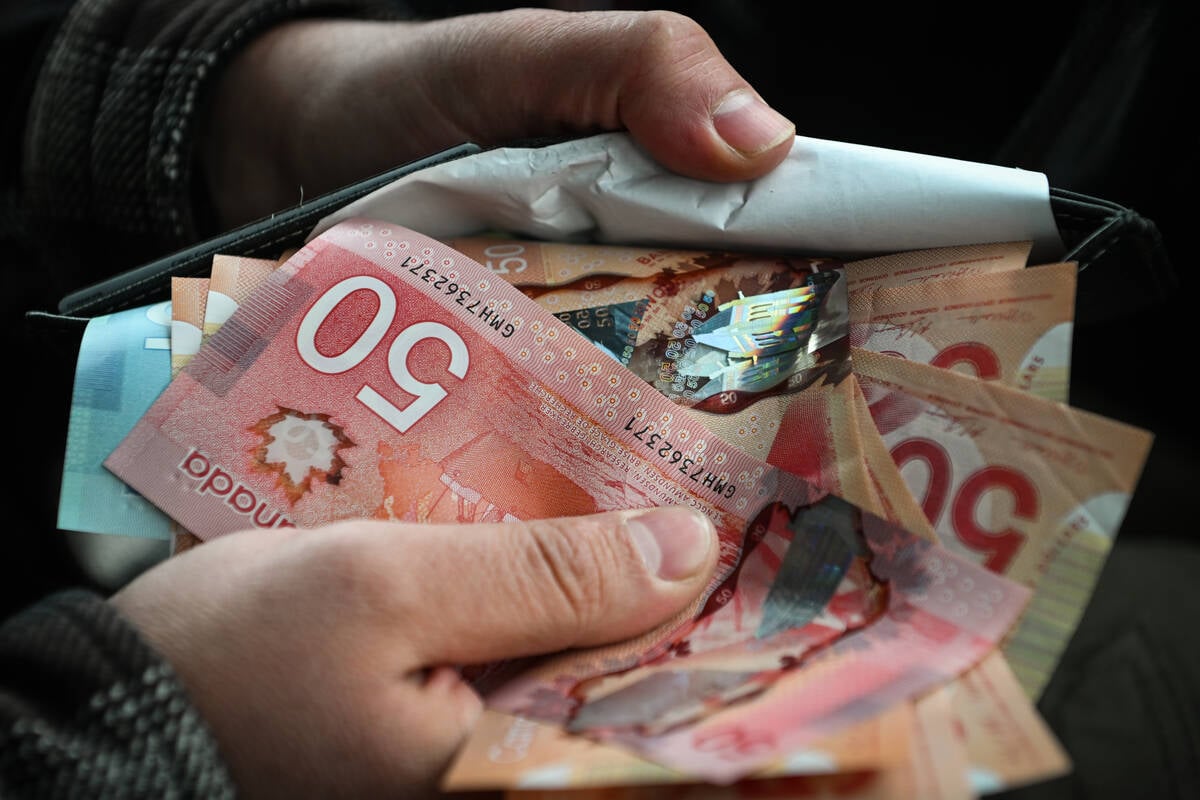Farmers have been getting used to having unflattering portraits of themselves fed to children.
There was the movie Babe, a story of a pig trying to escape slaughter at the hands of a nasty farm woman.
Then there was Chicken Run, in which a coop full of birds strives to escape the designs of cold-hearted farmers who see their destiny as dinner.
Now there’s Saving Emily, a tale of a calf fighting to escape the cold-hearted treatment of humans.
But unlike the movies, which parents have to take their children to the theatre or rent the video, Saving Emily is a book that may end up in school libraries. In fact, it is already being promoted for that purpose.
Read Also

Government support for Canadian farmers has plummeted
Subsidies in Canada were 30 per cent of gross farm receipts in 1980s and are now around eight per cent
“I thought that it was time that somebody paid attention to cows,” said Vancouver writer Nicholas Read to a group of Grade 5 students at a Winnipeg school after reading them a chapter of Saving Emily.
“When I went to see all of those cows, had a look at how many were going to be turned into meat, it made me think about how much I like hamburger,” Read told the children, recounting a research tour he took of feedlots in southern Alberta.
“It made me think twice about that.”
However, Read said in an interview later that he has been a vegetarian for years.
He said his intention was to make children think more about the humane treatment of livestock.
In Saving Emily, a runt heifer calf is born on a large, shabby ranch. Its only experiences with its human owners are unpleasant and it vows to find freedom. Its dejected mother lives in a state of slavery.
The ranch owner and his brother are callous backward country rubes.
The rancher’s wife is presented in a more positive light. But she
wasn’t born on a ranch, doesn’t get along with other farming women and dislikes the reality of raising cattle as livestock.
It is hinted that her marriage is on the rocks and she may leave her cowboy husband.
Branding and rodeos are portrayed as barbarous events, and the cattle business is shown as one that inflicts awful suffering upon animals.
Emily manages to escape and is saved by two children who, horrified by the notion of animals becoming human food, arrange for her to live on a “rescue ranch,” which gives a home to homeless pets and livestock saved from slaughter.
In an interview, Read insisted he wasn’t being unfair to cattle farmers.
“I tried very hard to give the farmer a fair shake,” said Read, a reporter with the Vancouver Sun.
“It certainly wasn’t my intention to demonize anybody, because my experience with them was that they were very hard working and … they were very good to me.”
He said he wasn’t deliberately trying to convince children to refuse to eat meat, but accepted that might be the result.
“A lot of young girls have decided not to eat meat for one reason or another, and I would just say that if they read my book and then announce at the dinner table that ‘You know what Mom, I’m not eating meat any more,’ it wouldn’t surprise me.”
Vicky Burns, executive director of the Winnipeg Humane Society, said she organized readings of Read’s books not to convince children not to eat meat, but to encourage an interest in animal welfare.
Sharon Jasper, principal of the school that hosted Read, said she didn’t receive an advance copy of the book nor know its contents.
She said she thought the book was simply about children and animals.
As well, Read’s reading did not reveal the book’s anti-cattle farming message.
“That would certainly not be part of the scheme of why we had them come today,” said Jasper, who grew up on a Hereford farm near Killarney, Man.
“That really had not even entered my mind, that it would be an issue that would come up, even though it was very quickly spinning around in my mind.”















